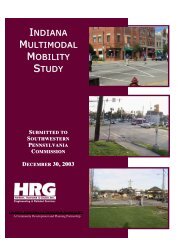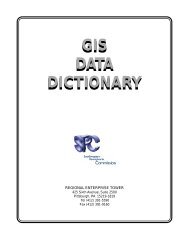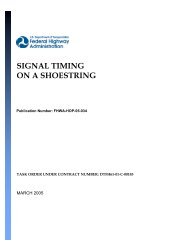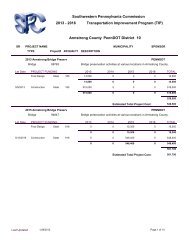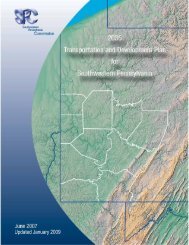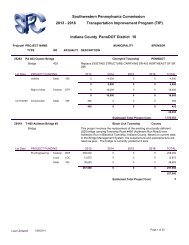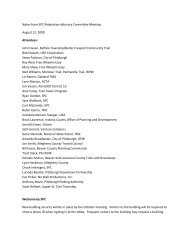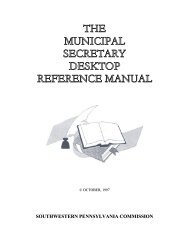Adaptive Control Software – Lite (ACS-Lite) Implementation Template
Adaptive Control Software – Lite (ACS-Lite) Implementation Template
Adaptive Control Software – Lite (ACS-Lite) Implementation Template
Create successful ePaper yourself
Turn your PDF publications into a flip-book with our unique Google optimized e-Paper software.
System Configuration and hardware requirements<br />
The diagrams below describe the physical connection of <strong>ACS</strong>-<strong>Lite</strong> to a typical closed<br />
loop traffic signal system. <strong>ACS</strong> <strong>Lite</strong> resides on a field hardened CPU that performs the<br />
operations of the field master. A communications link between <strong>ACS</strong> <strong>Lite</strong> and the field<br />
controllers (serial or IP over twisted-pair, fiber, wireless, etc.) allows the software to<br />
monitor and evaluate traffic conditions and provide refinements to signal timing on a<br />
cycle by cycle basis.<br />
Figure 4. Typical <strong>ACS</strong>-<strong>Lite</strong> System Configuration<br />
<strong>ACS</strong> <strong>Lite</strong> Hardware<br />
The original hardware architecture (as shown above) was designed so that the <strong>ACS</strong> <strong>Lite</strong><br />
would reside in a field hardened CPU and connect to a serial port on the OSM. However,<br />
this schema did not fit all manufacturers due to the complexity in the modifications to the<br />
OSM software. For McCain systems, <strong>ACS</strong>-<strong>Lite</strong> operates as shown in Figure 1. For Peek<br />
and Eagle systems, <strong>ACS</strong>-<strong>Lite</strong> performs the function of the master controller. For




